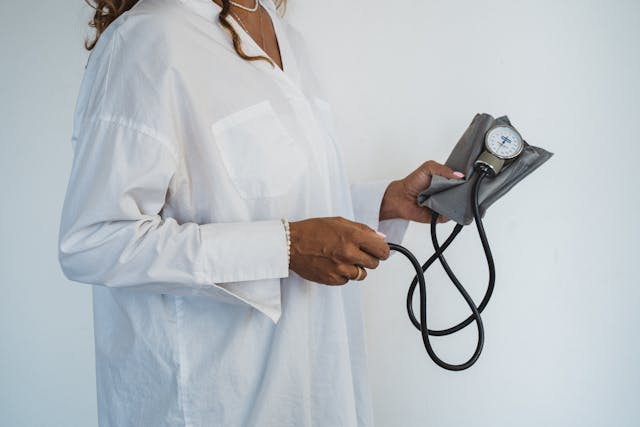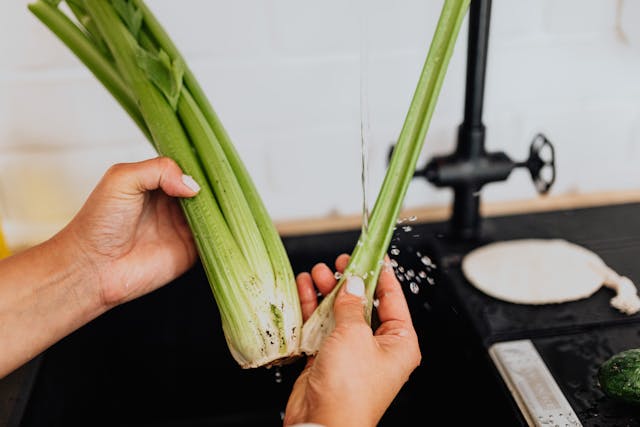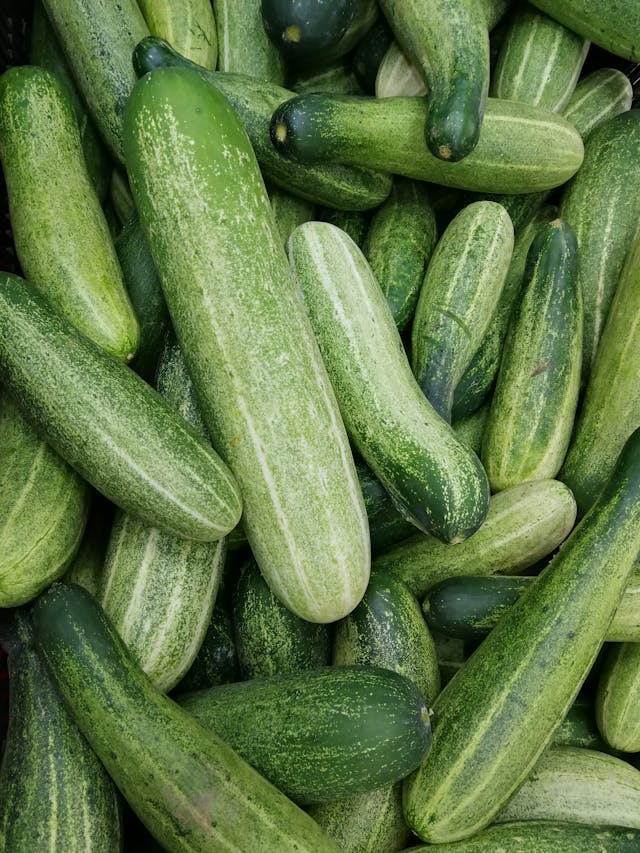
I have received many questions regarding the management of hypertension naturally so I have decided to write a post addressing the issue from my experience. Please note that any treatments naturally or otherwise should be discussed with your medical practitioner. This post is not intended to be a prescription but rather an account of the experience I have had managing chronic hypertension that my mom suffered from.
My mom was diagnosed with hypertension in her fifties, and was prescribed a wide range of hypertensive years over the ensuing decades. By the time she had gotten into her eighties, the medications had damaged her kidneys to the point where her primary care physician decided that it was time to consider other treatment options to avoid further kidney deterioration that would have necessitated dialysis.
By this time, even on medication blood pressures readings were uncontrolled and in the range that put her in high risk for a stroke. I was therefore forced to look into natural remedies for blood pressure management. The chronic blood pressure coupled with her compromised kidneys had also caused her to develop edema which also affected her mobility.
My research revealed that foods can be used to successfully manage hypertension and edema. Celery, beet and cucumber all rose to the top of the list.
Research from Cleveland Clinic, WebMD, Health.com, & Healthline

Celery
Antioxidants protect cells, blood vessels, and organs from oxidative damage. Celery contains vitamin C, beta carotene, and flavonoids, but there are at least 12 additional kinds of antioxidant nutrients found in a single stalk. It’s also a wonderful source of phytonutrients, which have been shown to reduce instances of inflammation in the digestive tract, cells, blood vessels, and organs.
Celery contains vitamins A, K, and C, plus minerals like potassium and folate. It’s also low in sodium. It is low on the glycemic index, meaning it has a slow, steady effect on your blood sugar. Celery is high in fiber and nutrients and low in calories. It’s full of potassium, vitamins, and antioxidants. Celery is 95% water. It’s helps in weight loss weight regulating bowel movements. The antioxidants in celery include well-known varieties such as flavonoids and vitamin C, as well as lunularin and bergapten. They help cancel out natural chemicals in your body called free radicals that can harm cells and lead to cancer and other diseases. Celery is rich in a plant compound called phthalide. This phytochemical relaxes your artery walls to help blood flow and to lower your blood pressure.

Beet
Beets boast an impressive nutritional profile. They’re low in calories yet high in valuable vitamins and minerals. In fact, they contain a bit of almost all of the vitamins and minerals your body needs. Beets are particularly rich in folate, a vitamin that plays a key role in growth, development, and heart health. They also contain a good amount of manganese, which is involved in bone formation, nutrient metabolism, brain function, and more. Plus, they’re high in copper, an important mineral required for energy production and the synthesis of certain neurotransmitters.
Beets are loaded with vitamins and minerals yet low in calories and fat. They’re also a good source of several key nutrients, including folate, manganese, and copper. Beets have been well studied for their ability to decrease elevated blood pressure levels, which are a major risk factor for heart disease. In fact, some studies show that beetroot juice could significantly lower levels of both systolic and diastolic blood pressure. The effect appears to be greater for systolic blood pressure, which is the pressure when your heart contracts, rather than diastolic blood pressure, which is the pressure when your heart is relaxed. Raw beets exert a stronger effect than cooked ones.

Cucumbers
Cucumbers help to manage obesity — the leading risk factor for Type 2 diabetes. They’re low in calories, carbohydrates and sugar. The water and fiber in cucumbers can keep you feeling full longer. Cucumbers also offer benefits for people already living with diabetes, notes Sommer. They score low on the glycemic index (GI) — a rating system that measures how quickly a food affects your blood sugar. “A low GI score means cucumbers have less of an effect on blood sugars than other high GI foods, making them a healthy option to include in your diet,” she continues. Research also shows that the antioxidants in cucumbers might help slow the progression of diabetes and reduce complications associated with the disease. Cucumbers contain high amounts of Cucurbitacin B (CuB) — a naturally occurring plant compound gaining attention for its effect on cancer cells.
A recent review of research confirms that CuB might be useful in fighting liver, breast, lung and prostate cancer. It shows that CuB may help stop cancer growth and possibly destroy cancer cells. Cucumber peels also aid in cancer prevention. They are a good source of fiber, which helps reduce constipation and protects against colon cancer. High amounts of sodium lead to high blood pressure. Potassium helps to lower blood pressure by lessening the effects of sodium. Combining the high potassium and low sodium found in cucumbers is a win-win for your blood pressure. Lowering blood pressure isn’t the only way cucumbers affect your heart. The CuB in cucumbers protects your heart by fighting atherosclerosis — fatty buildup on your artery walls. And fiber helps reduce cholesterol. Research has even shown fiber can lower your risk of heart disease.
My findings were discussed with my mom’s primary care physician and we agreed to start a program of juice therapy using all three ingredients. I decided to add lemon juice, raw ginger and honey as sweetener to enhance the taste while adding anti-inflammatory and anti-bacterial value to the juice. The lemon juice also increased vitamin C. It is important to note that blood pressure readings were done on the patient upon awakening in the morning and before any physical activity began so as to get a true reading. I used equal parts of the celery, beet and cucumber. All produce was used raw. Celery and cucumber washed and unpeeled, beets peeled and chopped then blended to juice in a Blendtec commercial blender. Ginger was washed and blended and the honey and lemon added to the blended juice to taste. Gallons of juice was made at a one time and kept refrigerated. Please note that an added benefit of the raw ingredients was increased roughage/fiber which aided in bowel movement. The cucumber and celery also acted as diuretics helping to relieve excess fluid from the lower extremities and thereby alleviating the edema. The patient was fed the juice after the initial reading and a subsequent reading taken after one hour. The number of glasses of juice given to the patient was determined by the reading throughout each day. After the first week we discovered significant decrease in blood pressure (both diastolic and systolic readings). We also discovered that we could map how many glasses of juice would need to be consumed each day and at what intervals. I share this to indicate that each patient’s required volume will vary depending on metabolism, readings, and other factors such as stress which would affect the readings. We were able to get my mom’s BP readings from a dangerously high range to normal readings sustained over many years with the added benefit of preserving her kidney functions by eliminating the hypertensive pharmaceuticals which had proven up to that point to be doing more harm than good.
I hope that you will find this post to be useful as a guide. As a reminder, please ensure that you discuss all natural therapeutics you plan to use with your medical provider since some natural substances can affect how pharmaceuticals that you may be taking work, and could potentially put your life at risk. Please feel free to contact me with any questions you may have regarding my experience managing hypertension using food or any other issue that you think I may be able to shed light on. Please feel free to invite others to join the group and feel free to share this post. Very best wishes to you all.

Leave a Reply